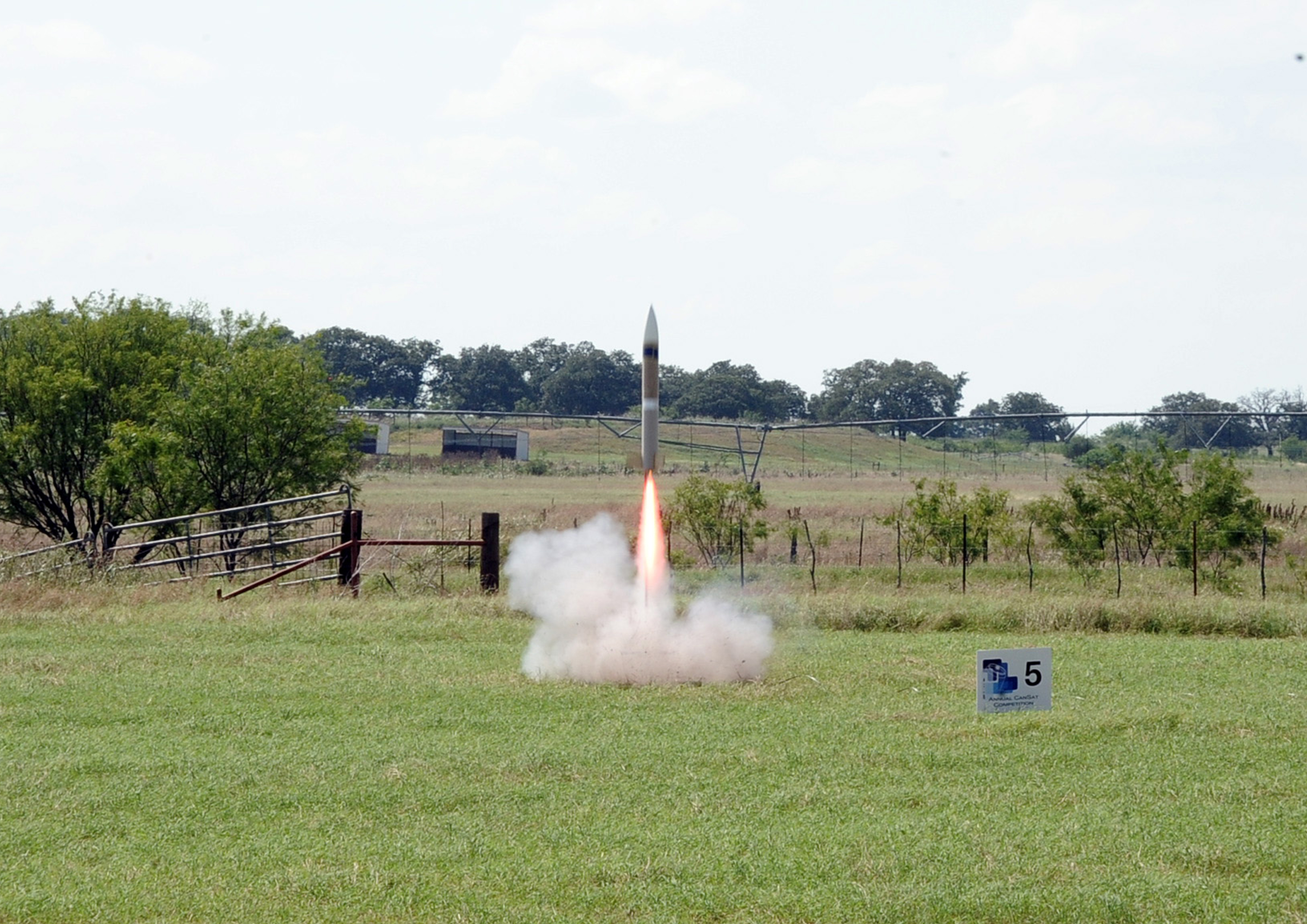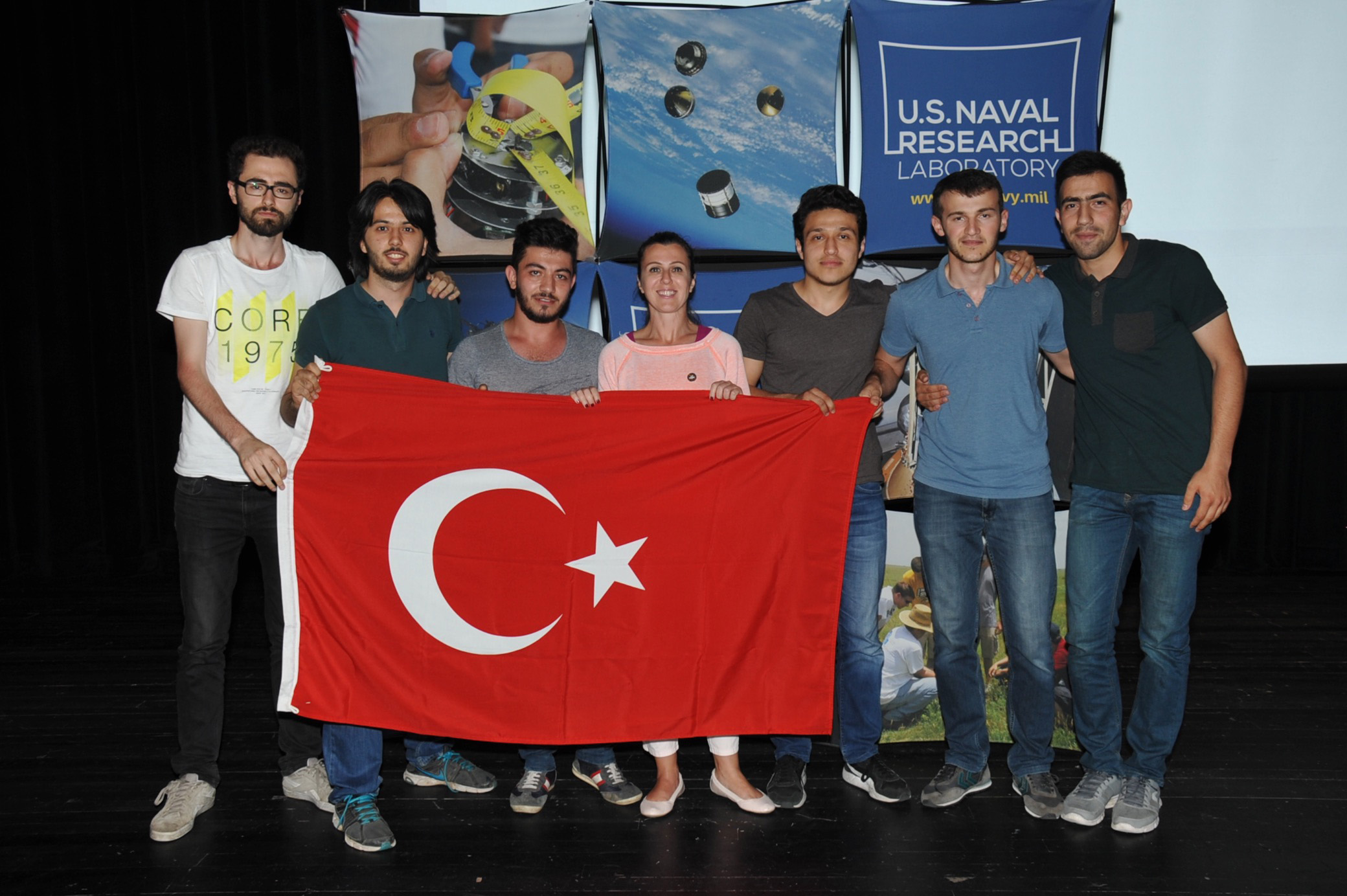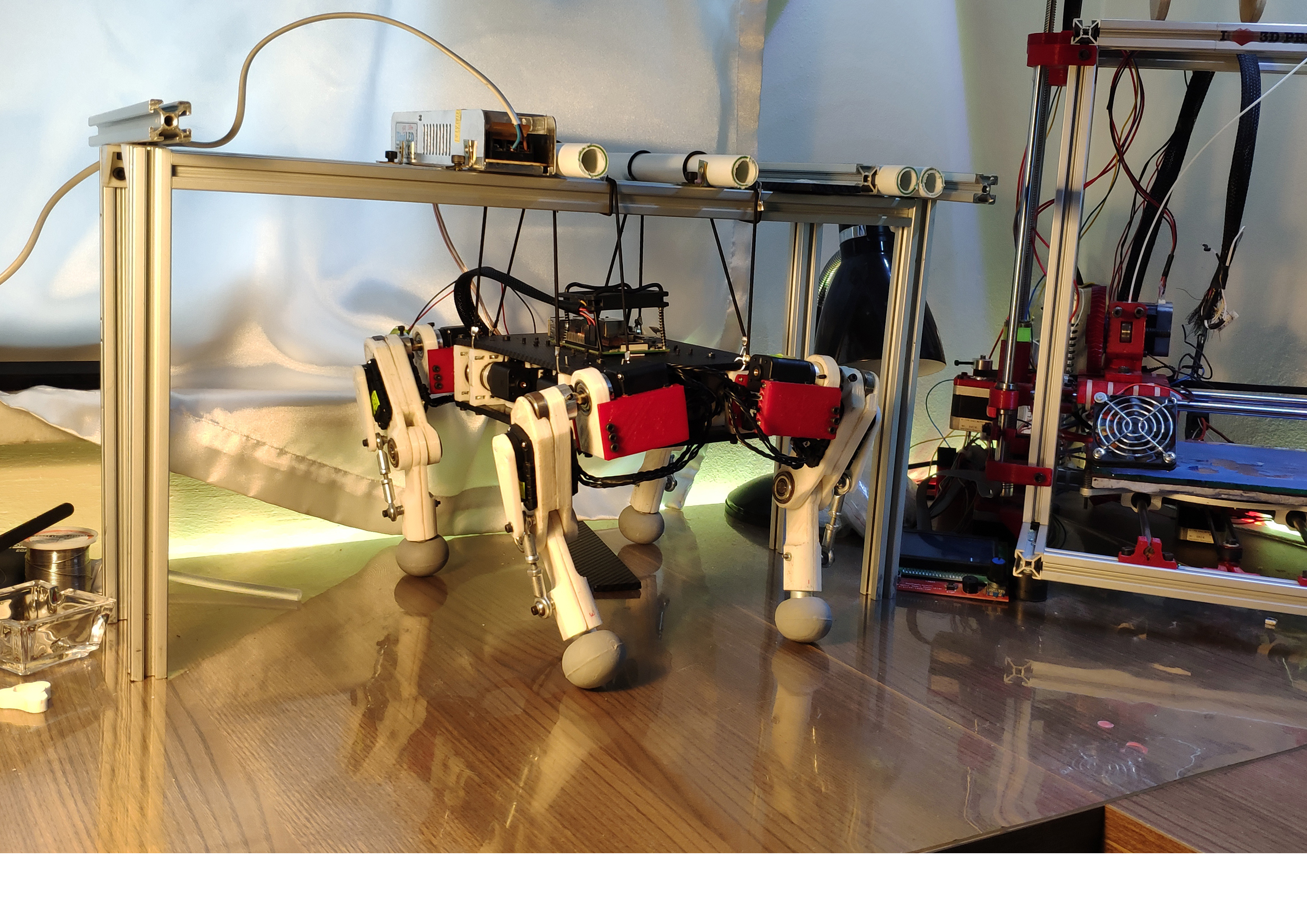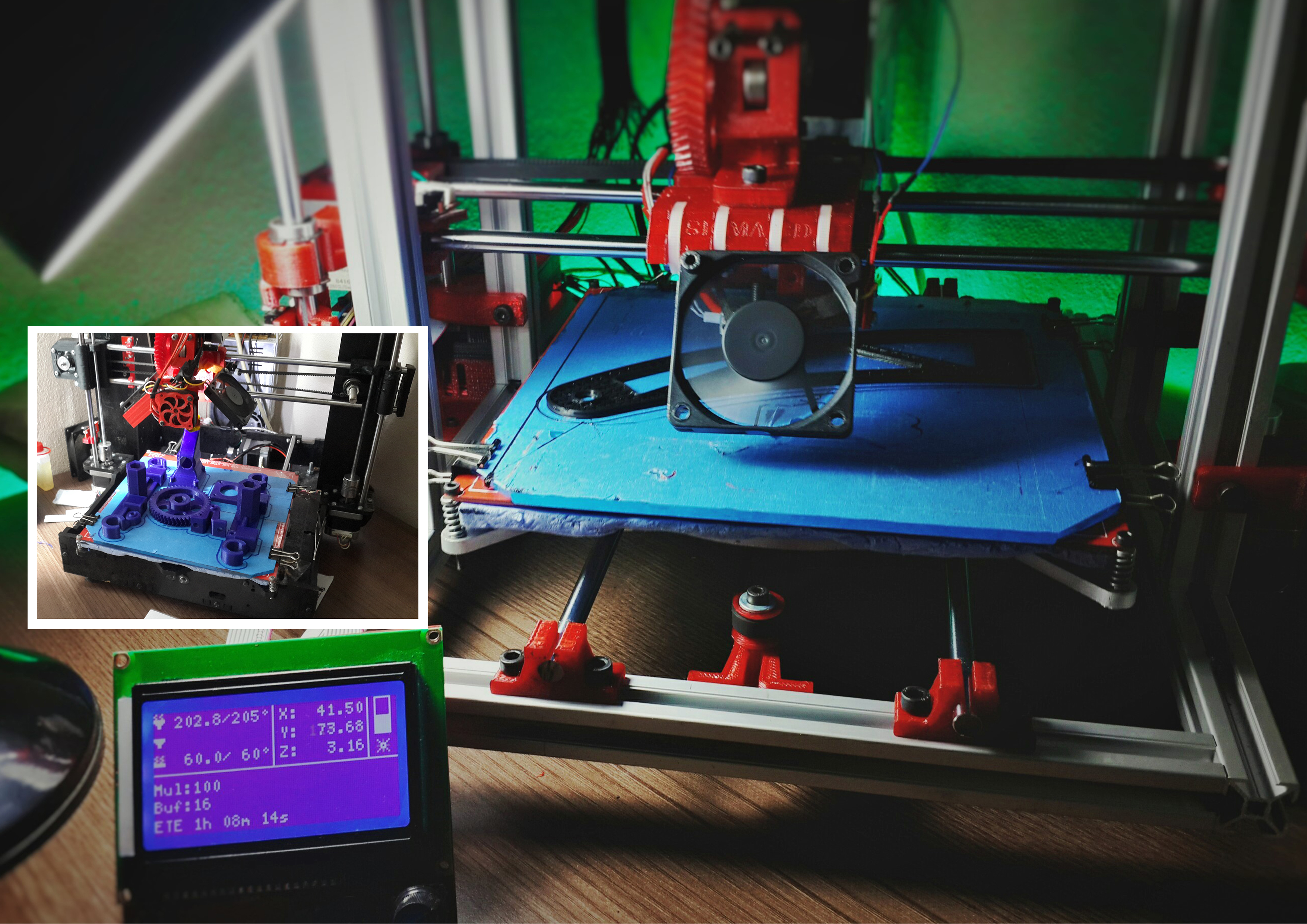
- Leading CanSat Mechanical Team
- Descent Control Design
- Mechanical Subsystem Design
- CanSat Integration & Testing
- Participating CanSat Recovery
- Assessing Post-Flight Glider Performance
The 2017 mission simulates a solar powered sensor payload traveling through Venus atmosphere while sampling the atmospheric composition of the planet during flight.
- World 5th Place at Reporting
- World 8th Place at Overall Missions
- Design special elegant CanSat system and ensure system robustness.
- Payload will be protected in container during initial deployment from rocket.
- Container will use parachute for descent.
- Container will use mechanism for ejection of SV.
- Payload will glide in circular pattern.
- Payload will be fully powered by solar cells.
- Both container and glider will collect data from environment using sensors. (Pressure, temperature, altitude etc.
- Telemetry data will be transmitted to and monitored at a ground station in real time.













